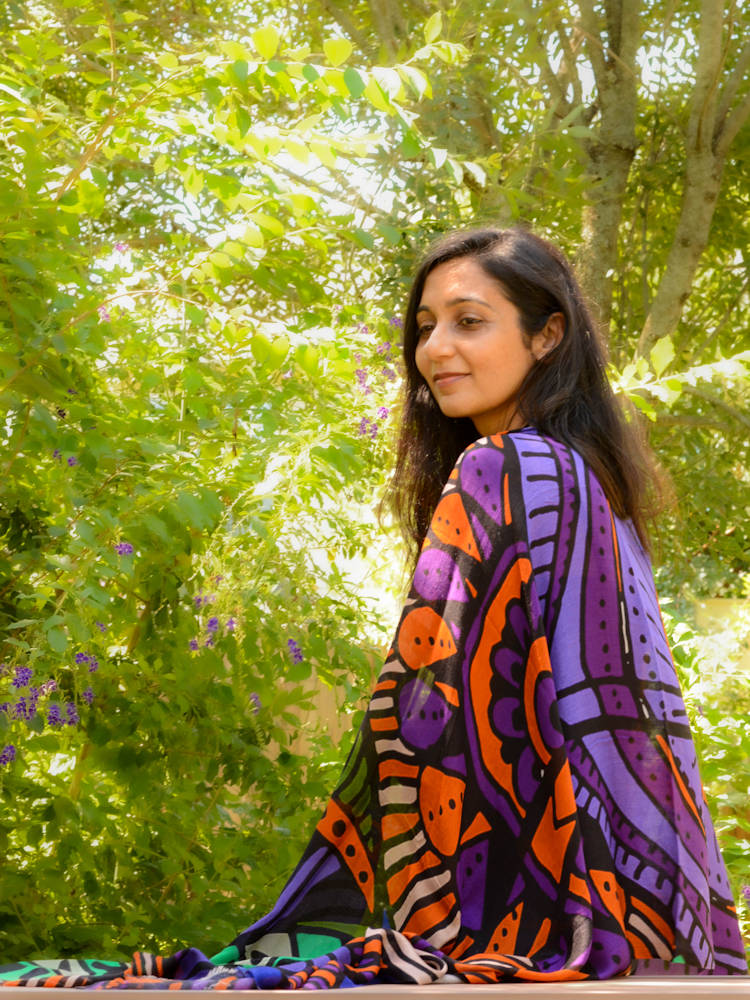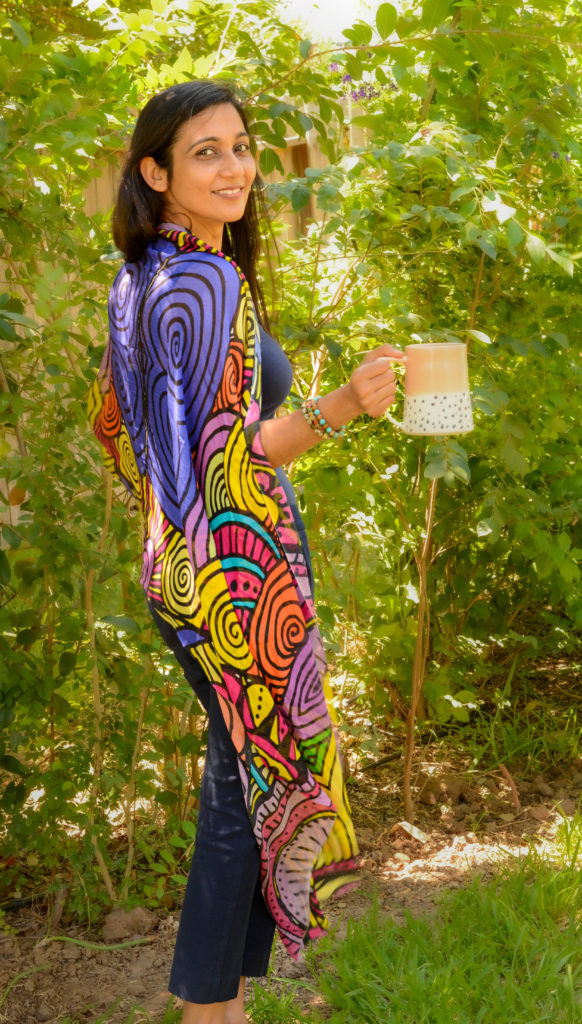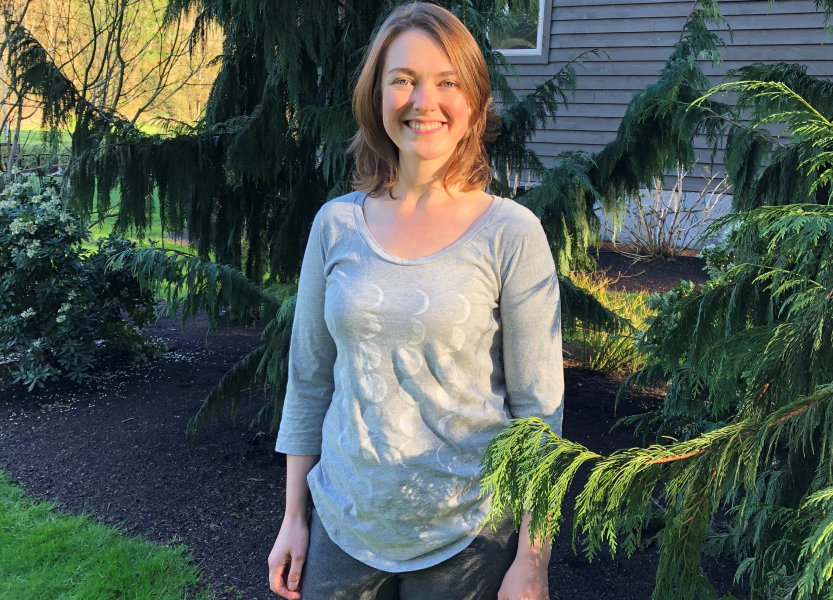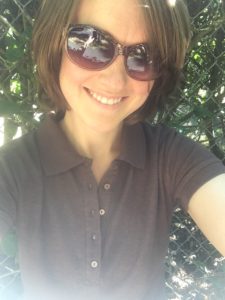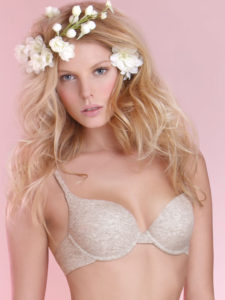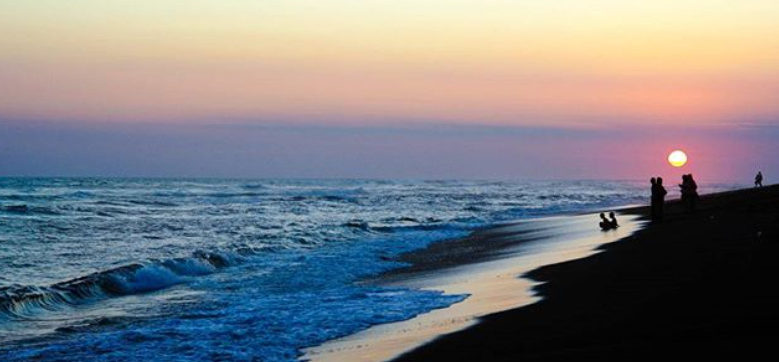
We love fashion, sustainability and ART! At the 2019 Sustainable Fashion Forum in Portland, we met artist Loveleen Saxena, and fell in love with her pen and ink drawings. For the last few months, we’ve collaborated to bring you her bright, bold artwork printed on sustainable modal scarves using low-impact water-based inks.
Our first four art-inspired scarfs are online now. We thought you might want to know more about the artist and this fantastic alliance. So we sat down with Loveleen to talk about what inspires her.
Faerie’s Dance: Can you tell us a little bit about yourself?
Loveleen Saxena: Hello everyone! I am a self-taught artist based in Katy, Texas. I have been dabbling in art since I was a kid. Creativity has always been a part of my life and career. Getting my education in architecture and construction fostered creative expression in a different way for me.
FD: How long have you been creating art?
LS: I rediscovered my love for art six years back when I started carrying my journal during lunch walks in Downtown Houston, while working in my corporate job. And I haven’t stopped since then.
First few years I made art to de-stress. And I loved sharing my work online. I never intended to become a full time artist. In 2014, my husband and I took a seven month backpacking trip to ten countries. That was a game changer. It gave me the courage to continue following my heart and live a purposeful life. Life that is in alignment with my truth.
So when we came back, a year later I decided to leave my career in construction and dive full time into art, along with starting a business with my husband.
It’s been a beautiful and unique journey so far!
I can say creativity is my meditation. My spiritual practices and creative expression have helped me learn so much about myself.
And that’s what inspires me to create everyday. So I can share those nuggets of wisdom with everyone, through my art. My vision is to awaken our inner joy, to spread love and see beauty in simple things. And I feel so grateful I’m doing that everyday.

FD: Where do you create most of your art? Do you have a home studio, or prefer to work outside in nature?
LS: I have a home studio but my entire home is my workspace! Some days I work in our backyard, some days in the dining area and some days in my studio.
I just take my pens and paper and find a spot that calls me that day. I find it so freeing to create when I feel inspired. Be it a coffee shop, during my bus rides, in the plane or train, by the beach, in the park and even while I’m in a waiting area.
I do love working outside in nature the most. Especially during mornings. Making art while listening to birds is a precious experience.
FD: Are there particular places or things that inspire new designs for you? Where does your inspiration come from?
LS: Nature is my biggest inspiration. Hanging out in our backyard and talking to our trees is one of my favorite things to do.
But my spirituality is the force that brings out new designs on paper. Without my spiritual practices I don’t think I would create the way I do now.
My drawings express and celebrate nature, our connection with everything in the Universe and lessons that we’re here to learn in the school of life.
When I create, I am not Loveleen – the artist anymore, I become a vehicle to let the Divine wisdom and creativity flow through.
FD: Are there particular artists or art styles that influence your creations?
LS: There are few artists and illustrators that really inspire me. One of them is Lisa Congdon, another self-taught artist who began her creative journey in her 40’s. It’s her stories and her journey to become a successful artist that inspire me to continue on my own journey. Then there is Lizze Snow. Her pen and ink work is amazing and I learn so much from seeing her work.
FD: All of the designs we currently see are line drawings, is this your preferred method of creation or is this just what calls to you at the moment?
LS: It’s been my preferred method for the past 6 years. Although I am not fixed upon using it only. I dabble with acrylics and even mixed media. I love pen and ink because I feel more in the flow with this medium. Plus this medium gives me the freedom and simplicity to create wherever I am. That’s how I started, making doodles in my bus ride. My favorite pens to use are Sakura microns.
FD: Does your color inspiration come after the work is finished or do you have colors in mind as your creating?
LS: Both. In my bigger original pieces I start with color and then draw over it. And in smaller pieces, I typically finish the drawing and then play with colors.
FD: Do you have a personal favorite art piece of yours?
LS: Oh I love every piece that flows through me. They might not be perfect in a traditional sense, but I love them because with each piece I grow a bit more.
There are a few which are extra special because I clearly remember when I created them. One of them is called “Journey of Life”. I created it on my birthday, a few years back. I love it because it captures my inner growth throughout the years. And I feel it’s the growth we are all going through, no matter how unique our journeys may be.
FD: Do you have a personal favorite art piece from any other artist?
LS: It keeps changing as I change 😀

FD: Have you ever considered printing any of your artwork on other clothing pieces? I personally would love to see your “Inner Beauty” on a skirt!
LS: Yes I have! It’s my vision to collaborate with brands and designers and have my art on their beautiful and sustainable clothes, such as dresses and skirts.
Right now I’m working with a small startup for the art printing, and I use the options that are offered by them, which are limited.
FD: On your blog you wrote “I barely shopped from 2015-2018 because I wanted to invest in pieces that match my values (sustainable, ethical, fair trade).” How do you shop differently now to ensure your values are reflected in your choices?
LS: Oh it’s completely different how I shop now! Before shopping was a therapy for me. Now it’s only when I need something that I shop. Many years back going to the mall was an adventure. But I don’t do impulse shopping anymore. In fact, I don’t feel the desire to do so anymore.
And since it’s more challenging to find sustainable options in the shopping malls, I mostly shop online.
I research brands, read their mission statement and their practices. I follow them on social media. I read blogs and reviews to get a feel for their brand. I have a few favorite brands now, and I am on their email so if I come across something that I love, I invest in it. I have added Faeries Dance to my list too!
I only shop a few times a year, even less. And when I do I invest more in sustainable pieces.
FD: Sustainable, ethical clothing does cost a little more (and it should since workers are being paid fairly for their labor and environmental impacts are priced into the garments rather than being something for governments to deal with later). Do you have a strategy to afford new items like saving up to buy pieces or filling in gaps with thrift finds or budgeting for clothing?
LS: My shopping style and strategy has shifted tremendously in the past few years. I use what I have in my wardrobe to it’s maximum life. And I shop only when I intuitively feel the need of certain things. When I get that feeling I start looking for sustainable options. I buy versatile pieces – colors that complement each other and pieces that I can wear on different occasions. So I do invest more in each piece because I know their true value. I do always have a certain budget in mind so I stick to that, unless I find something that really makes my soul dance!

FD: What is your favorite wardrobe piece and why. What calls to you in fashion?
LS: While my go-to wardrobe pieces include jeans and tee, my favorite are scarves. And lately my modal scarves.
I have loved scarves for a long time because they’re the most functional pieces in my wardrobe. I can dress up by adding a scarf, I can cuddle in them when I’m cold. Scarves are something I wear no matter what season.
Fashion for me is what can bring out my inner beauty. Comfort, ease, versatility and sustainability are the few things that I go for. I go for things that light me up. Pieces that can bring out my true essence. Pieces that feel right when I wear them. Lately the sustainable pieces I have invested in do that for me. Because I know their true value plus they resonate with what I stand for – living in harmony with our own selves and with the environment.
FD: Is there anything else I haven’t covered that you would like to add?
LS: If you want to learn more about my work or my creative journey check out my website www.loveleensaxena.com

